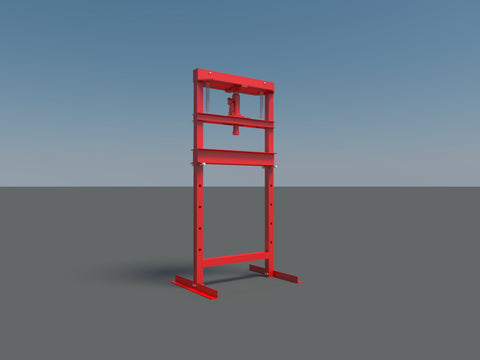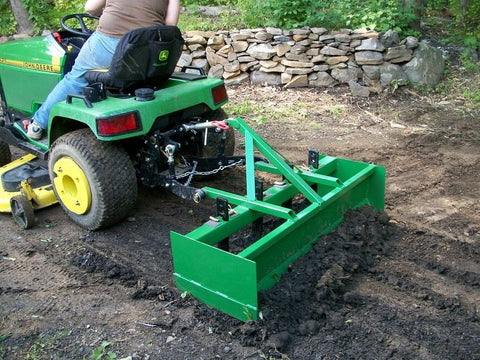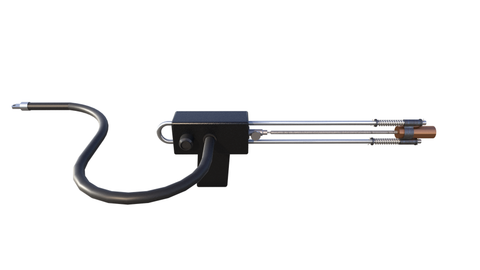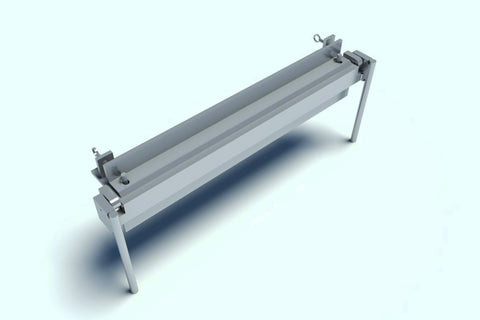These DIY plans will show you how to build your own Homemade Engine Test Stand.
What Is an Engine Running Stand?
You've heard of a Homemade Engine Test Stand, but what is an engine run stand, and what features do they have? In this article we'll cover Barometric sensors, Fabbed aluminum fuel cells, and the PowerNet 3.0 control. You'll also learn more about the various types of engine test stands, and which ones are best for your needs.
Easy-Run engine test stand
If you're looking for a high quality engine test stand that won't break the bank, then look no further than the Easy-Run engine test stand. This American-made product is manufactured by a family-owned business that prides itself on customer service. Founded in 2007, the company has earned a reputation for providing the best product and customer service available.
The easy-run engine test stand has an adjustable crossmember and bellhousing and features an adjustable instrument panel and radiator. The adjustable crossmember and radiator allow for easy engine access, and the adjustable up/down radiator eliminates any air pockets. The radiator is powder-coated red and can be stored vertically. The Easy-Run engine test stand is easy to move and includes a battery tray for easy access.
Barometric sensors
Engines use barometric pressure sensors to monitor engine performance. These sensors measure atmospheric pressure, which changes depending on the air's temperature and height above sea level. Because the barometric pressure can vary considerably, the accuracy of these measurements is extremely important. Because of this, barometric sensors can be powered by the user or by a battery. Whether you need a replacement barometric sensor or not, it is imperative that you know what you're looking for.
A barometer works by balancing mercury inside a glass tube, next to the outside air pressure. As air pressure rises, the mercury gets hotter and moves into the glass tube. The mercury level is then measured, and if the sensor is out of balance, the engine will not work properly and a warning light will illuminate on the instrument. A damaged barometer can also cause the engine to run rich or lean, affecting the drivability of the car.
Fabbed aluminum fuel cell
The fabricated aluminum fuel cell that comes with a PRW engine test stand has a 2.5 gallon capacity, a locking cap, and a mounting flange. The fuel cell is custom-made for the PRW engine test stand, and features pre-welded bungs for feed and return lines. If you are looking for a high-quality fuel cell for your research or for testing your own engine, this is the right choice.
In order to run fuel cell engine tests, you'll need a power supply for the system. This power supply will convert alternating voltage to DC power. It will also have a baffle effect to contain the fuel, which helps to minimize the risk of rupturing. In addition, it's critical to replace the safety foam on fuel cell engines periodically. However, this can be costly, and only a small portion of the cost is allocated for its replacement.
PowerNet 3.0 control
A PowerNet 3.0 control on engine test stand enables you to configure a precise measurement of key parameters. The system is user-friendly and configures to virtually any test stand. Power Test offers complete in-house manufacturing, ensuring on-time delivery and quality. The PowerNet 3.0 system also includes advanced diagnostics and reporting functions. For more information, contact Power Test. Our engineers are standing by to help you get the most out of your testing.
An Easy-Run Engine Test Stand is a portable tool that allows you to perform a full engine development exercise. With its features, you can measure and record several key engine variables. You can also use it to map out the physical variables that affect engine performance. Intake manifold pressure, for example, can be linked to engine speed and intake air flow rate. And because it is so portable, you can carry it anywhere, making it a great tool for repair shops and technicians.
All DIY plans are designed or reviewed by Ben Stone. Ben is a retired Engineer in Canada. Ben also drafts these himself using the latest AutoCAD software to ensure accuracy. He studied Engineering back in the early 1980's. After over 30 years in the Construction industry he developed a passion for building cool items around his farm and cabin. These are great DIY projects. With a little skill anybody can Do It Yourself. Ben is always a email away if you have any questions while building one of his projects. He is adding new plans all the time.









